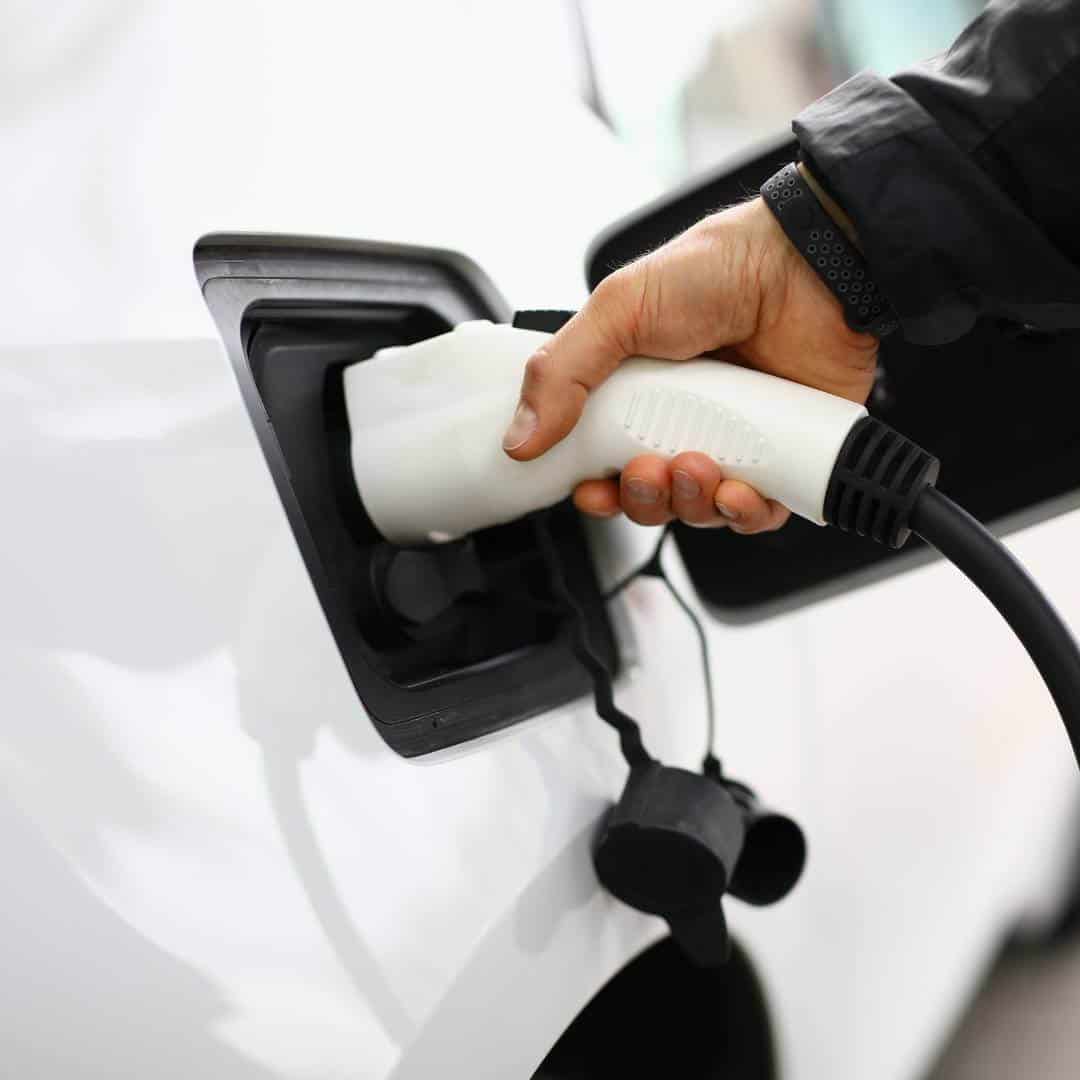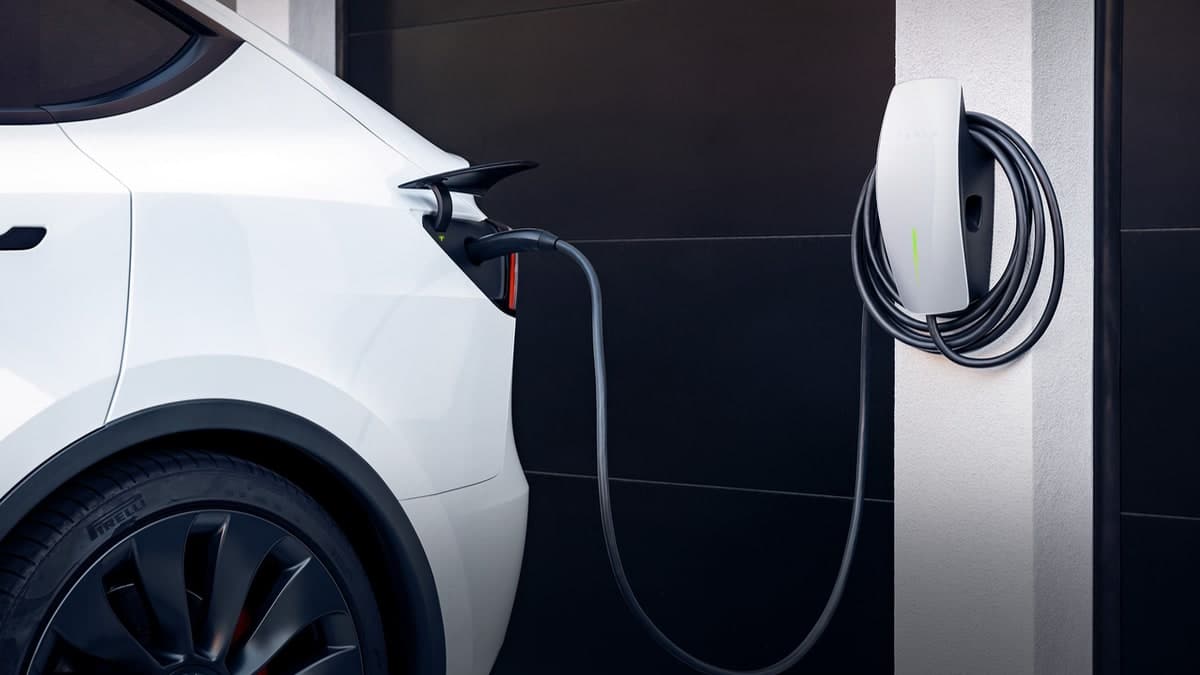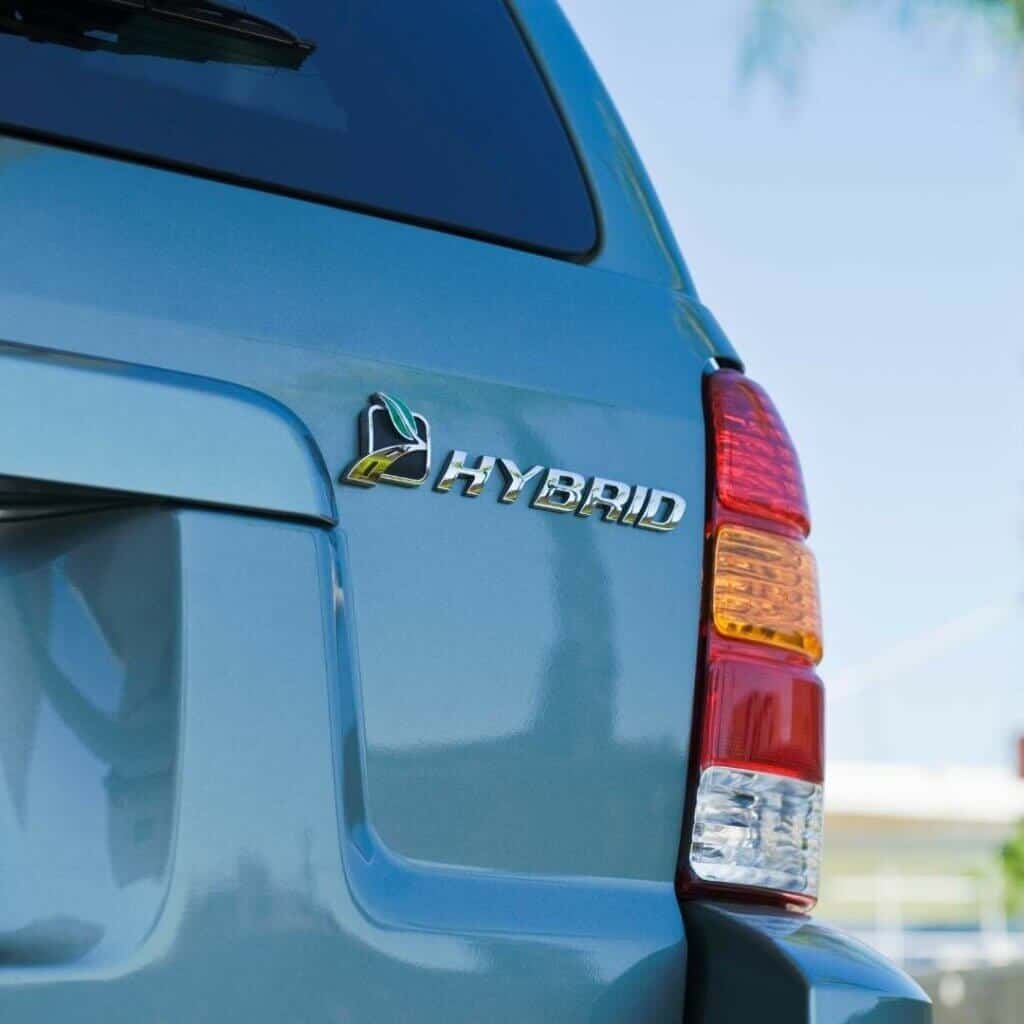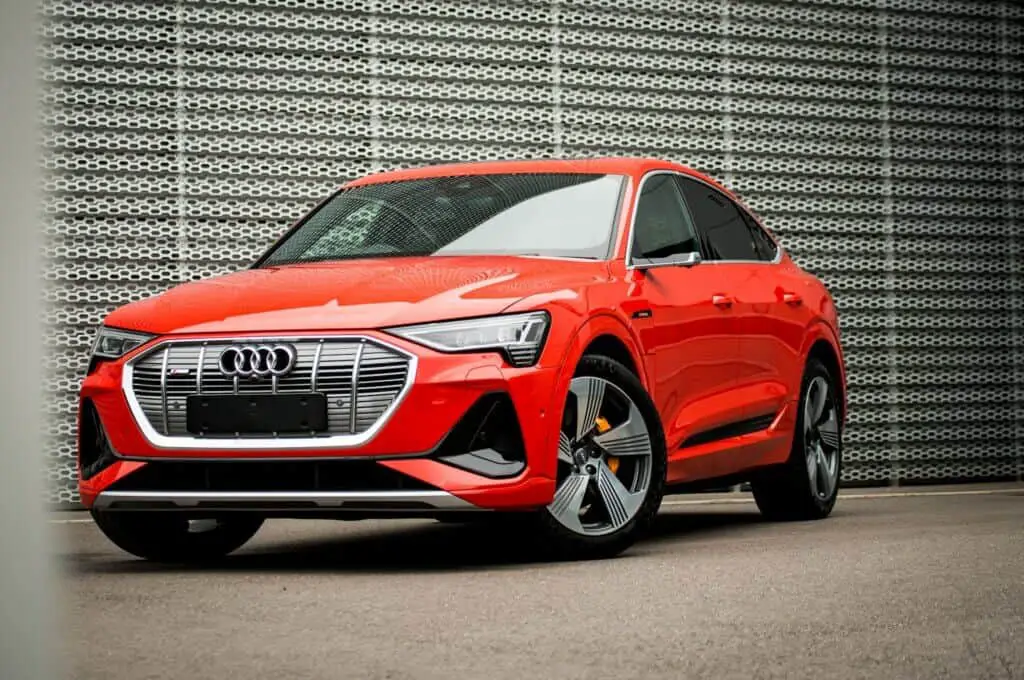Tesla Wall Connector vs Mobile Connector
A mobile connector, as the name suggests, is a portable device that you can carry around and plug into outlets. On the other hand, wall connectors are fastened to walls to provide a fixed installation.
Each of these connectors has unique advantages and use case scenarios. Wall connectors are useful for everyday charging and post-charge charging.
A mobile connector is useful for charging when away from home. Before committing to buy one, you should understand your needs so as to make an informed decision. This article describes the features of both systems and lists the advantages and disadvantages.
Tesla Wall Connector

The Tesla Wall Connector is an effective and practical home charging option that enables you to plug in your car overnight and start the next day fully charged. This connector is compatible with Tesla models S, 3, X, and Y. It provides up to 44 miles of range per hour with an output of up to 11.5 kW/48 amps, depending on the model.[1]
Tesla Wall Connector has adjustable power levels on a variety of circuit breakers, which makes it adaptable to most residential electrical systems.
Because of its adaptability, it can be installed in most houses, flats, condos, and offices. The Connector can be left in the car thanks to the thin 24-foot (7.3 meter) wire.
The Tesla Wall Connector receives over-the-air firmware upgrades, remote diagnostics access, and usage data tracking capabilities by being connected to a local Wi-Fi network. It usually automatically receives firmware upgrades to enhance user experience and add new functions.
Power sharing is suitable for homes that need to charge many Teslas simultaneously but may not have adequate power for multiple electrical circuits. Up to six Wall Connectors can share power from a single circuit thanks to this capability, which keeps your vehicles’ batteries fully charged. [2]
You have complete control over which vehicles may use your Wall Connector for charging thanks to Charging Access Control. Without using a physical locking device, you can restrict charging access directly through the commissioning wizard. The lightweight construction of the Wall Connector enables flexible indoor or outdoor mounting.
Read Also: Wallbox vs ChargePoint
In a nutshell, the Tesla wall connector comes with the following features:
- Adding up to 44 miles of range every hour
- Automatic handle to activate charge port
- Over-the-air updates, remote diagnostics, and access controls through Wi-Fi
- Scheduled charging and data tracking through the Tesla app
- Flexible indoor/outdoor design
- Various options for amperage based on the installation location
- 24-foot cable length
- Up to six Wall Connectors can share power.
- Four-year warranty for residential use
For efficiency, ensure that you install a Wall Connector with a circuit breaker that is compatible with the onboard charger capabilities of your vehicle for the quickest home charging [3]. On the touchscreen, tap the lightning bolt icon to see your Tesla’s maximum amperage.
The Tesla Wall Connector can also be installed with lower amperage circuit breakers to support practically any existing electrical system in special power scenarios or when power may be constrained.
Mobile Connector
The Tesla Mobile Connector is helpful when traveling for long trips. This is because it allows you to charge your car at slow to medium speeds from a variety of outlets. Up to three miles of range per hour can be charged using a regular household electricity supply. [4]
Depending on your vehicle, you can recharge up to 30 miles of range with the NEMA 14-50 Adapter and up to three miles of range with the NEMA 5-15 Adapter using a regular outlet.
The current Mobile Connector bundle contains the following items:
- Mobile Connector (20 feet)
- Adapter for typical 120-volt household outlets (NEMA 5-15)
- Cable Organizing Bag.
The Tesla Mobile Connector Bundle has a weather-resistant NEMA 3R enclosure. It safely and dependably supplies 7.7 kW of AC power to your Tesla’s onboard charger.
The Tesla Mobile Connector is UL-approved and up to seven times faster than a typical residential socket for charging electric vehicles. The maximum output for the second-generation mobile connector when utilizing NEMA 14-50 or NEMA 6-50 adapters is 32 amps.
In just a few hours, you may benefit from a quick, secure, dependable, and easy charge while you snooze, eat, or spend time with your loved ones. The Mobile Connector can be used everywhere, including at work, home, or public charging structures.
Comparing the Tesla Wall Connector vs Mobile Connector

Compared to the mobile connector, a wall connector offers quick charging rates. Conversely, a mobile connector can fully charge a Tesla when used overnight.
When using the wall connector, you will enjoy fast charge rates of roughly 25%. The wall connector can only charge at 40A maximum, whilst the mobile connector can only charge at 32A maximum.
The wall connector would be worthwhile if your utility provider offers off-peak charging rates because you can use it to quickly charge your Tesla during a time when electricity is far less expensive.
A wall connector is excellent for charging both inside and outside because it is a hardwire installation that is made for both indoor and outdoor use. Conversely, only indoor charging is an option with a mobile connector.
When you charge your Tesla outside, the wall connector can withstand extreme cold and heat. The power-sharing function of the Tesla wall connector makes it a perfect choice for customers who own multiple EVs or who intend to purchase more EVs in the future.
On the contrary, only those with one Tesla will benefit greatly from the mobile connector.
The majority of Tesla owners claim that the mobile connector’s adaptability trumps the advantages of the wall connector. This is due to the wide selection of plugs available with the mobile connector.
You can also purchase a package that includes a variety of adapters or just the specific adapters you require (changeable adapters) to use with the mobile connector. On the other hand, using the wall connector allows you to get firmware upgrades.
When taking a road trip, especially a camping trip, the mobile connector offers you a variety of charging possibilities. This is because you can use it as a backup when charging in campers, Airbnbs, or isolated homes or cottages.
When an emergency arises, the mobile connector is a fantastic alternative to the wall connector. You can use the mobile connector in an emergency such as when traveling in areas without many superchargers. To use at non-Tesla chargers, you will need to purchase the J1772 adaptor.
Compared to the mobile connector, the wall connector is more expensive. The wall connector costs approximately $400, whereas the mobile connector costs $200. This makes the wall connector $200 more affordable [7].
Read Also: Chargepoint vs EVgo
Conclusion
Both the wall and mobile connectors for your Tesla EV are great. However, you will need to know which to choose depending on your situation. The Wall Connector is the most recommended charging solution for charging at home.
It’s best to have a permanent wall connector as it’s designed for that purpose: hardwired, with fewer connecting points, and it can provide higher Amperes than the mobile can. For versatility, the mobile connector is great. But it’s designed to be temporary.
Both the wall and mobile connectors will serve you best in different capacities. It’s upon you to decide which will best meet your needs and preferences.
Additionally, the affordability of both of them can be a matter of consideration. If you can, having both is probably best. Installation of both the wall and mobile connectors must be done by a qualified electrician.
Read Also: VW ID.3 Problems




